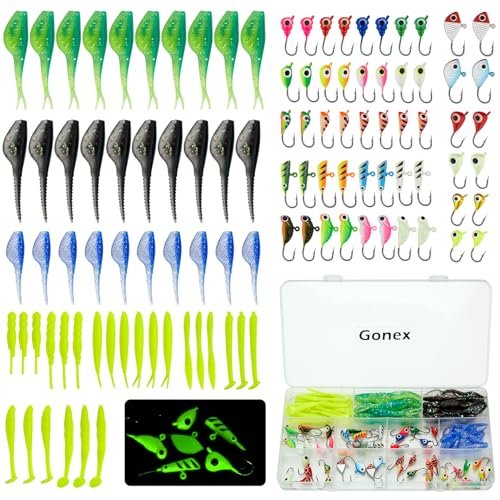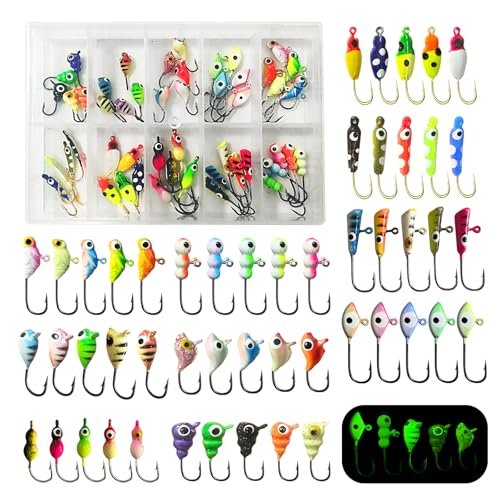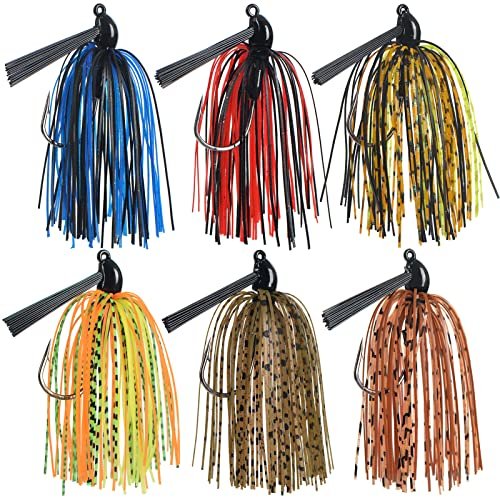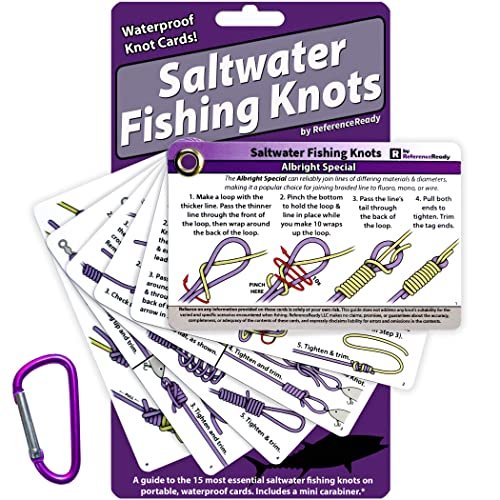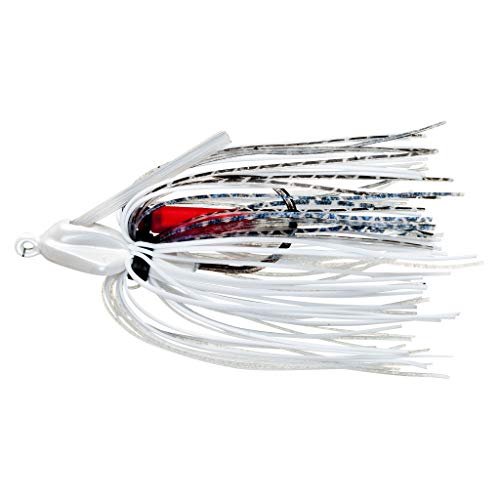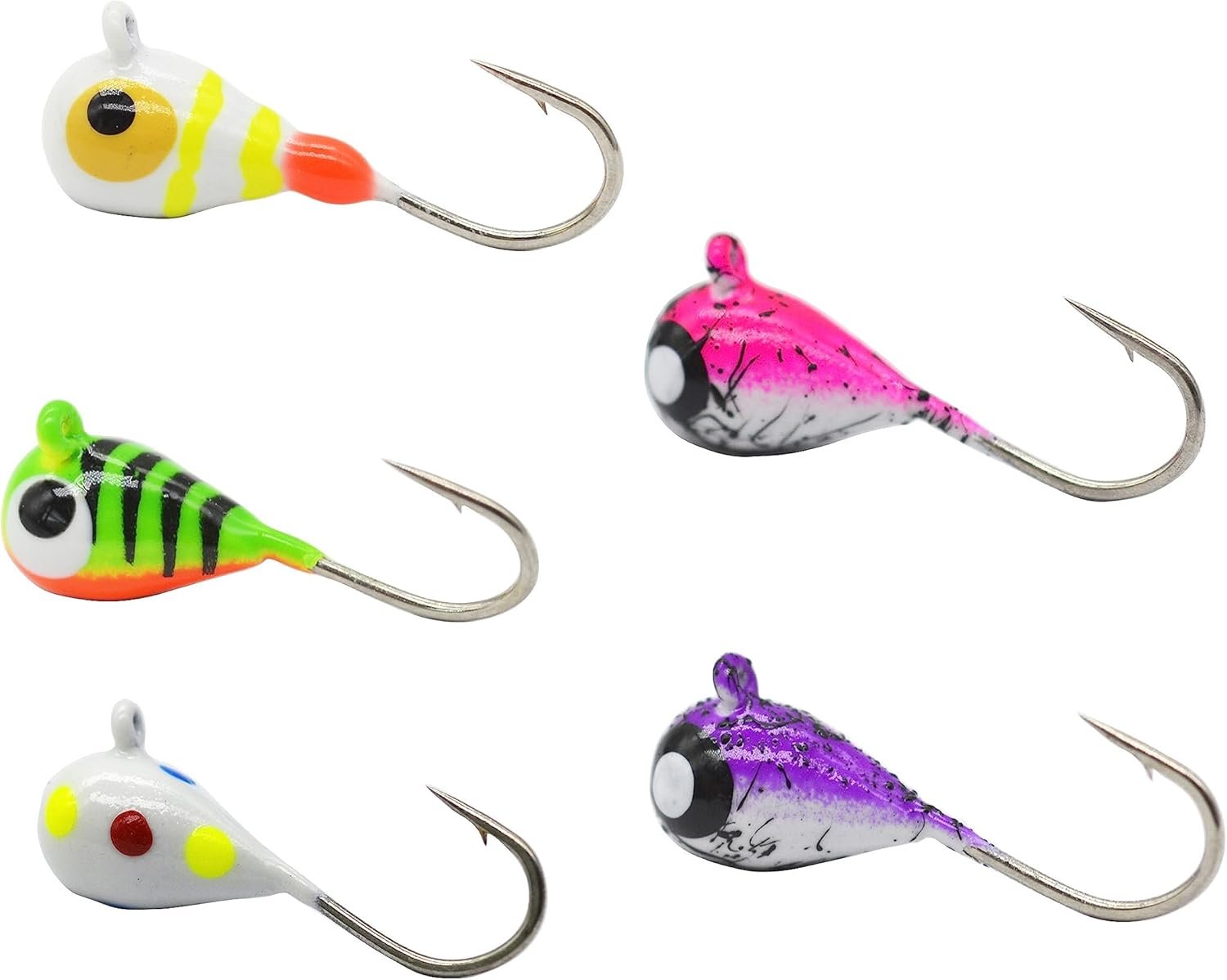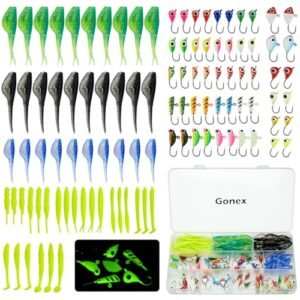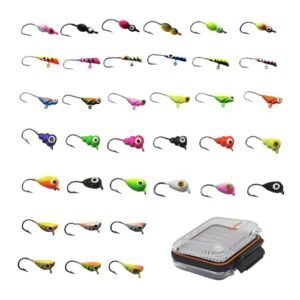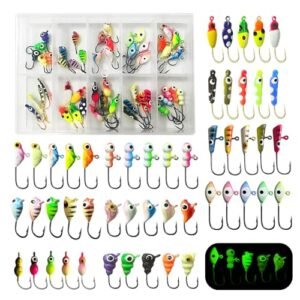Fly fishing rods are crafted to provide the perfect balance of strength and flexibility, enabling anglers to present their flies delicately on the water’s surface to mimic natural insect movement. Comprising materials such as graphite, fiberglass, or bamboo, these rods vary in length, action, and weight to suit different fishing conditions and species.
Correctly pairing a rod with the appropriate reel, line, and fly is key to a successful fly fishing experience. Essential for freshwater and saltwater environments, fly fishing rods offer a challenging and rewarding method for catching a wide range of fish, from trout to tarpon, invoking both skill and artistry in the sport of angling. Choosing the correct fly fishing rod enhances your control and improves your chances of success on the water, whether you’re a beginner or an experienced fisher.
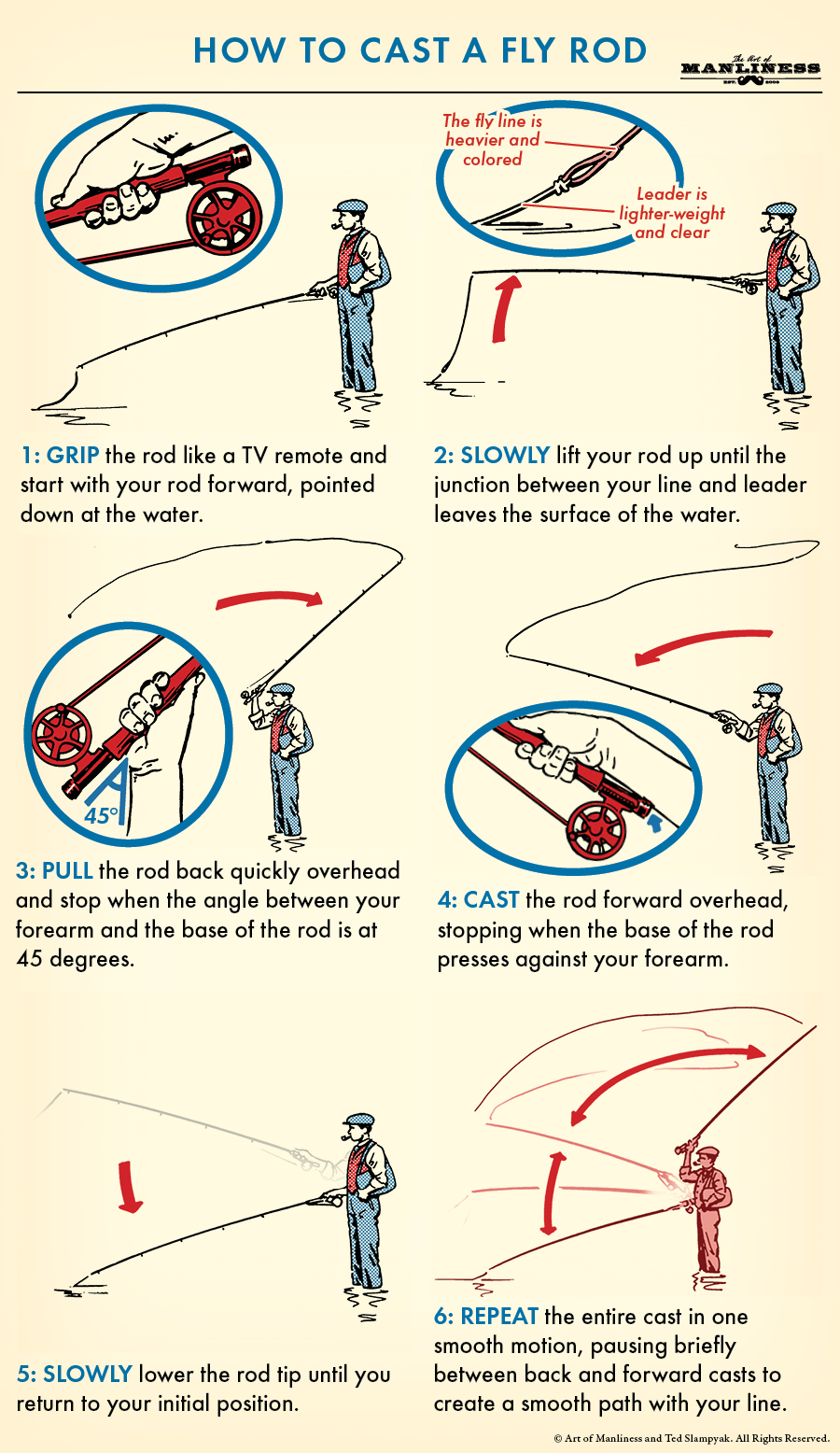
What Is Fly Fishing?
The Basics Of Fly Fishing
To start fly fishing, you need a few key pieces of equipment:- Fly Rod: A flexible, long rod designed for casting the fly line.
- Fly Reel: Holds the line and assists in smooth casting and retrieval.
- Fly Line: A special line that’s heavier than regular fishing line, allowing long casts.
- Leader and Tippet: Clear, monofilament line that’s attached to the end of the fly line.
- Flies: The lure or bait, usually made to mimic insects or baitfish.
How It Differs From Conventional Fishing
Fly fishing stands apart for several reasons:| Fly Fishing | Conventional Fishing |
|---|---|
| Uses lightweight flies that mimic natural prey | Uses heavier lures or live bait |
| Casts based on the weight of the line | Casts rely on the weight of the lure or bait |
| Targets fish feeding on insects above or near the water’s surface | Targets fish at various depths, not limited to the surface |
| Involves line management and specialized casting techniques | More focused on bait presentation and reeling method |

What Is A Fly Fishing Rod?
Fly fishing is a unique angling method. Uses a lightweight lure. This lure mimics real insects. This is where the fly fishing rod comes into play. It is special. Designed for fly fishing. Long, flexible, and lightweight. It allows anglers to present the lure. The presentation looks natural. It’s unlike regular fishing rods.
An Introduction To The Fly Fishing Rod
A fly fishing rod is a tool. It is used in fly fishing. It’s different from other rods. It’s about precision and technique. The rod helps to cast the fly line. Provides the power to reach distances. It’s about control too. Sensitive to the angler’s movements. It helps to place the fly exactly where needed.
The Anatomy Of A Fly Fishing Rod
- Blank: The main part. It’s the rod without parts. It’s long and flexible. Made from graphite or fiberglass.
- Guides: These are rings. They go along the blank. They help to guide the line along the rod.
- Tip Top: The end guide. It’s on the very tip of the rod. It’s small and guides the line to the end.
- Grip: The part you hold. It’s also called a handle. Made from cork or foam for comfort.
- Reel Seat: It’s at the bottom. It’s where the reel gets attached. Keeps the reel secure during casting.
Each part of the fly rod has a role. Together, they work. They make casting and managing the line possible. They bring life to the art of fly fishing.
Types Of Fly Fishing Rods
Single-handed Fly Fishing Rods
Single-handed fly fishing rods are the most common choice for anglers. They’re versatile, easy to handle, and perfect for a wide range of fishing scenarios. Here are some key points:- Length: Typically range from 6 to 10 feet.
- Use: Ideal for small to medium-sized rivers and lakes.
- Casting: They allow for precision casting with one hand.
Double-handed Fly Fishing Rods
Double-handed fly fishing rods, also known as Spey rods, are designed for two-handed casts. Prominent features include:- Length: Often exceed 12 feet for better line control.
- Use: Perfect for large rivers and targeting big fish.
- Casting: Excellent for long-distance casts without back casting room.
Switch Fly Fishing Rods
Switch fly fishing rods offer a blend of single and double-handed rod features. Their versatility makes them a popular choice:- Length: Normally between 10 to 12 feet.
- Use: Suitable for various fishing conditions and styles.
- Casting: Anglers can switch between one-hand and two-hand casts.
How To Choose The Right Fly Fishing Rod
Determine Your Target Fish Species
Different fish require different rods. The size and strength of the fish influence rod selection. Smaller species like trout call for lighter, more delicate rods. Strong, larger fish such as salmon demand robust, heavier rods. A mismatch can lead to a broken rod or a lost catch.- Use a light rod for trout
- Select a heavier rod for salmon
Consider Your Fishing Environment
Your fishing spot’s environment shapes the ideal rod length and flexibility. Narrow streams need shorter rods for better maneuverability. Wide, open rivers accommodate longer rods that offer increased casting distance.- Short rods for restricted spaces
- Long rods for open water
Choose The Right Rod Material
Fly rods come in various materials, each affecting the rod’s action and durability. Bamboo rods offer classic flex and feel, suited for a leisurely, traditional approach. Modern graphite rods are lightweight and powerful, ideal for precise casting.| Material | Features |
|---|---|
| Bamboo | Traditional, flexible |
| Graphite | Lightweight, strong |
Parts Of A Fly Fishing Rod
The Grip
The grip is where you hold your rod. It lets you cast and control your line. Refined materials, such as cork, provide comfort and firm hold during long hours by the water.The Reel Seat
The reel seat is a home for your reel. It’s located above the grip and keeps the reel securely attached to the rod. High-quality seats are adjustable, ensuring your reel stays in place.The Guides
- Guides are rings along the rod that guide your line from reel to tip.
- They help to reduce friction and smooth line flow.
- Proper spacing ensures better casting and control.
The Tip-top
The tip-top is the final guide at the very tip of the rod. It’s crucial for accurate casting and sensitivity to fish bites. A reinforced tip-top stands up to the demanding action of fly fishing.
How To Cast A Fly Fishing Rod
The Basic Casting Technique
Start with your grip: Hold the rod with your thumb on top for control. Feet should be shoulder-width apart for stability. Practice the motion: Imagine a clock — move the rod between 10 and 2 o’clock. This motion should be smooth and steady. Release the line: Flick the wrist at the end of your forward cast. The line will unfurl towards your target.The Roll Cast
The Roll Cast: perfect for tight spaces with little room for a back cast.- Lift the rod tip, dragging the line in front.
- Quickly bring the rod forward in a ‘rolling’ motion.
- The loop rolls out across the water’s surface.
The Double Haul Cast
The Double Haul Cast adds distance to your fly line.- Start with the Basic Cast technique.
- Pull down on the line with your free hand as you move the rod back.
- Double the effort: Haul again during the forward cast.
- This technique creates more line speed and distance.
The Spey Cast
The Spey Cast is ideal for big rivers and powerful flows.- Use a longer rod for this style of casting.
- Move the rod in a wide, sweeping, sideways figure-eight.
- Maintain a rhythm, and your fly will soar across the water.
- Practicing this technique minimizes the need for back casts.
Maintenance And Care Of A Fly Fishing Rod
Cleaning Your Fly Fishing Rod
Clean rods offer better performance and longevity. Follow these steps:- Rinse your rod with fresh, cool water after each use.
- Use a mild soap and a soft cloth for a deeper clean.
- Thoroughly dry with a soft towel to prevent rust or damage.
- Avoid abrasive materials that could scratch the rod.
Storing Your Fly Fishing Rod
Proper storage is key to protecting your rod. Keep in mind:- Always store in a dry, cool area away from direct sunlight.
- Use a rod tube or sleeve to minimize dust accumulation and avoid scratches.
- Don’t store your rod horizontally with weight on it to prevent bending or warping.
Inspecting Your Fly Fishing Rod
- Check for any signs of wear or stress before and after use.
- Ensure all the guides are not cracked or bent.
- Look over the handle and reel seat for loose or damaged parts.
- Test the ferrules, if applicable, to ensure a snug fit.
Frequently Asked Questions For Fly Fishing Rod
What Rod Is Used For Fly Fishing?
A fly fishing rod, specifically designed for casting lightweight lures called flies, is used for fly fishing. These rods are longer and more flexible than traditional fishing rods.
How Much Should I Spend On A Fly Fishing Rod?
A beginner can find quality fly fishing rods for $150-$200, while enthusiasts may invest $500-$800 for advanced equipment. High-end rods can exceed $1,000 for professional needs. Consider your level and budget when selecting.
Why Are Fly Rods So Expensive?
Fly rods are expensive due to their high-quality materials, advanced technology, and precision craftsmanship. Manufacturing involves labor-intensive processes ensuring durability, performance, and sensitivity for an enhanced fishing experience.
Are Fly Rods Worth It?
Fly rods are indeed worth the investment for anglers targeting specific fish species, delivering precision casting and enhanced enjoyment out on the water. Their tailored design aids in presenting flies effectively, making them essential for serious fly fishing enthusiasts.
Conclusion
Selecting the right fly fishing rod can truly enhance your fishing adventures. Keep in mind your skill level and the fishing conditions. Quality gear leads to better catches and more rewarding experiences. So, invest wisely, practice often, and embrace the serene beauty of fly fishing with your ideal rod in hand.









